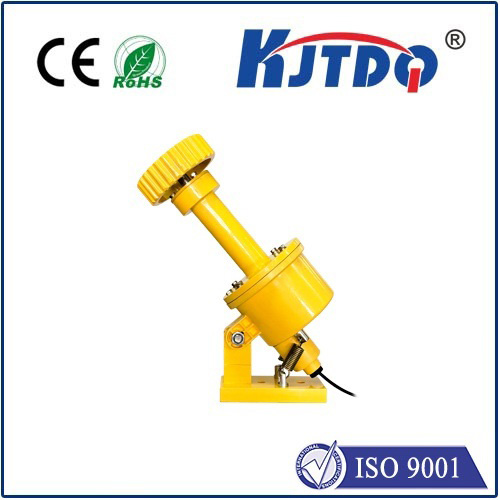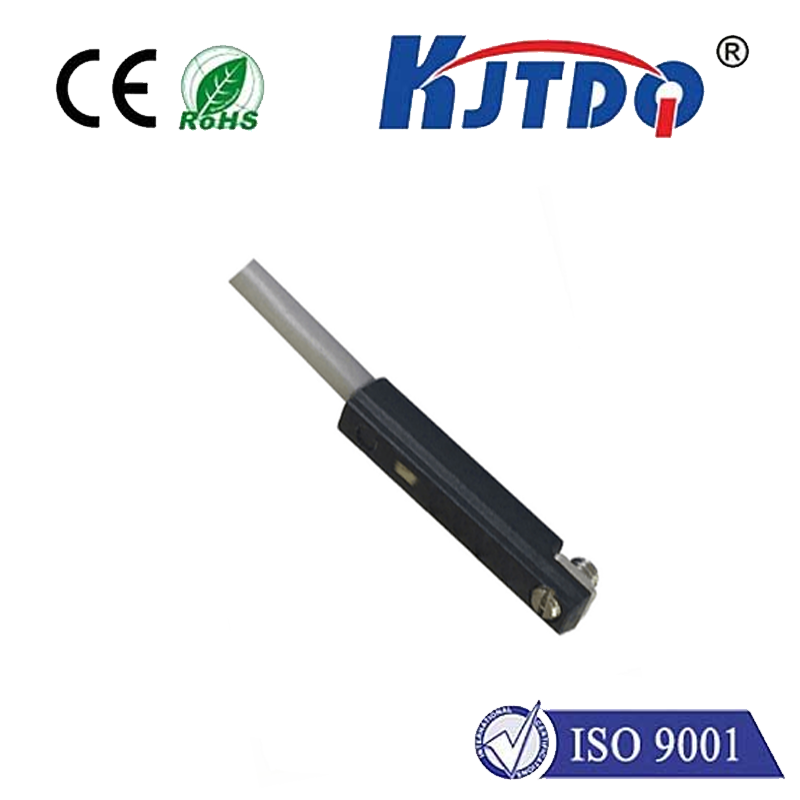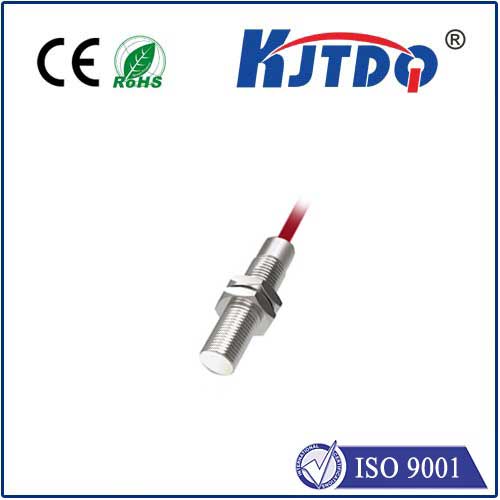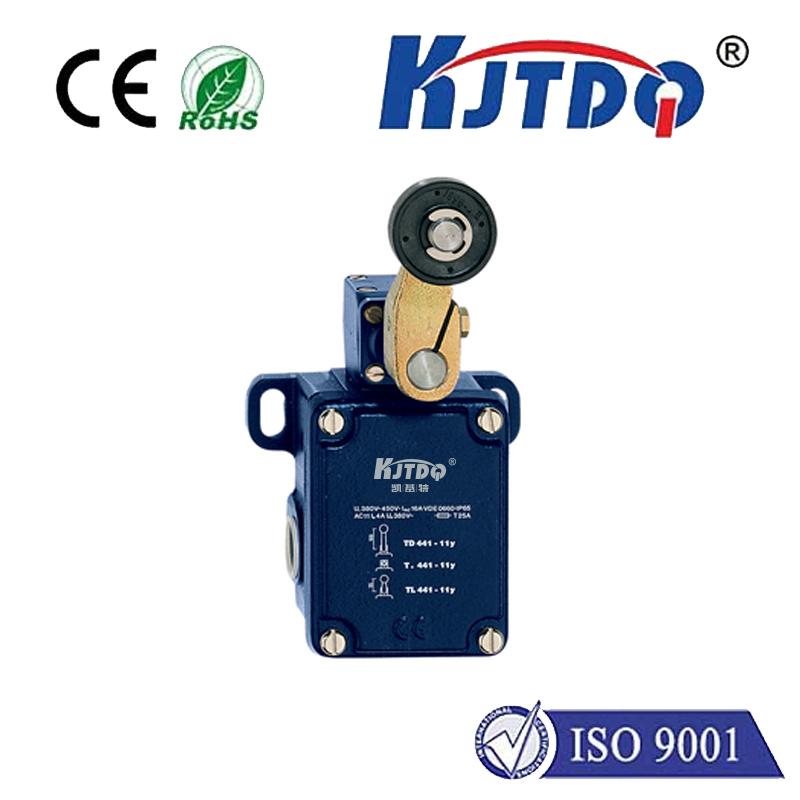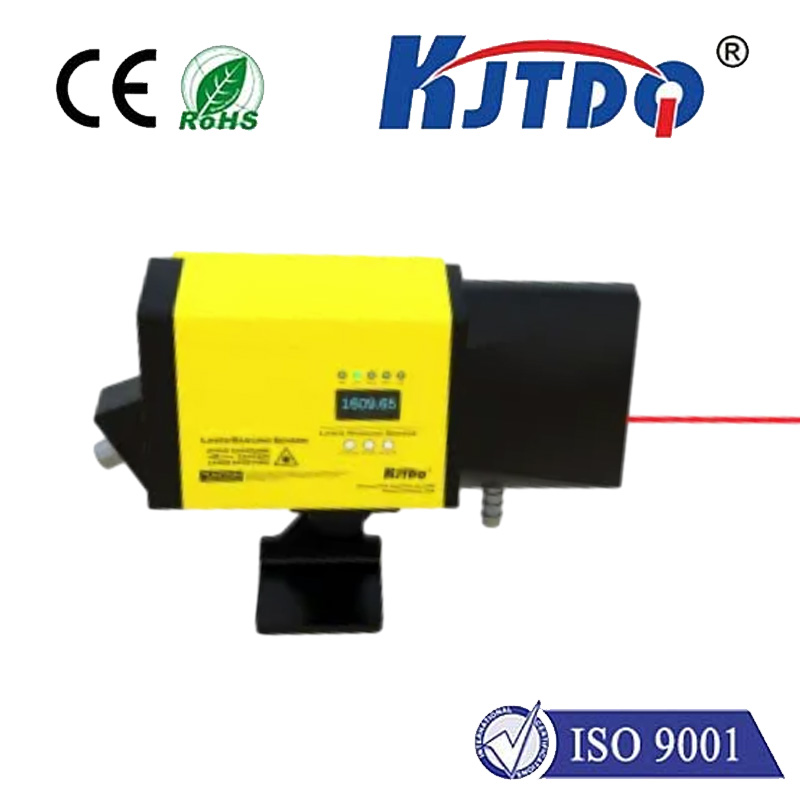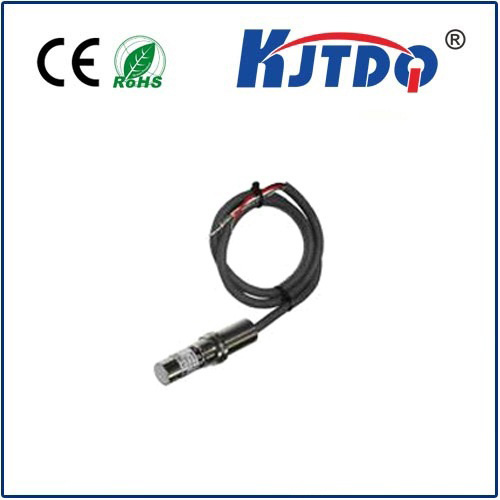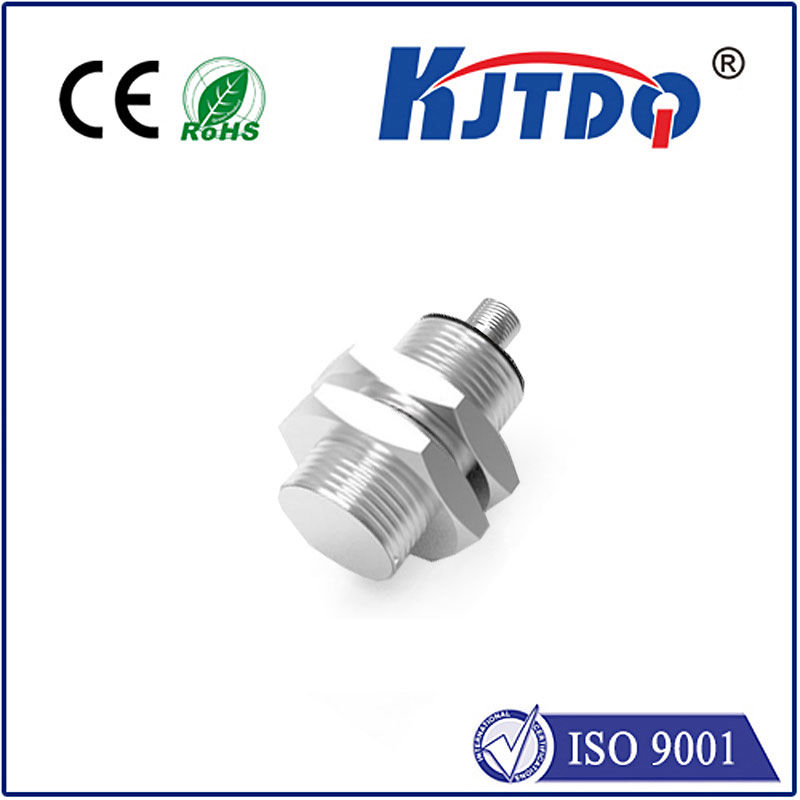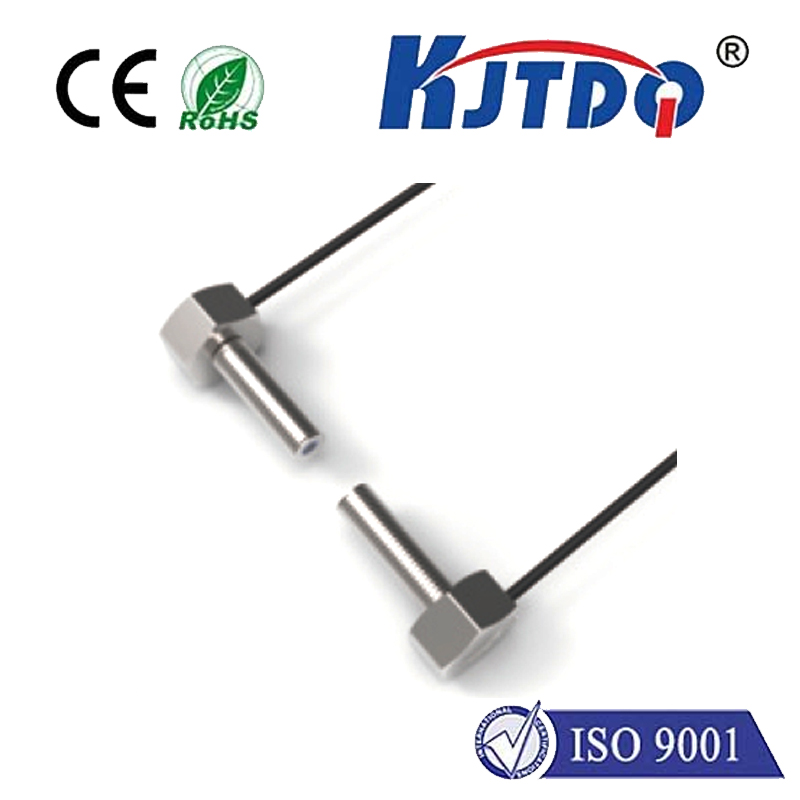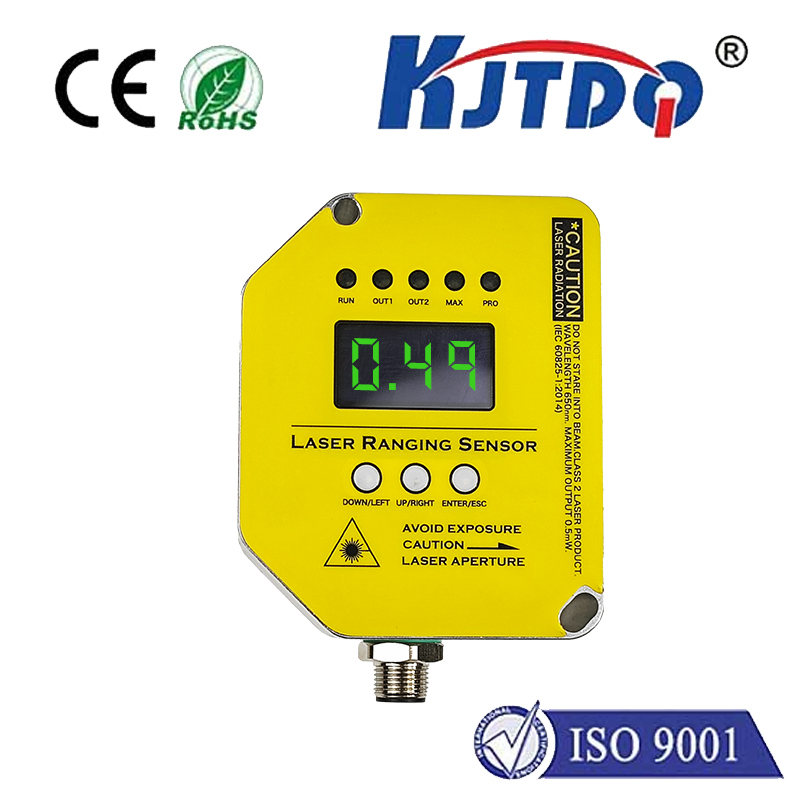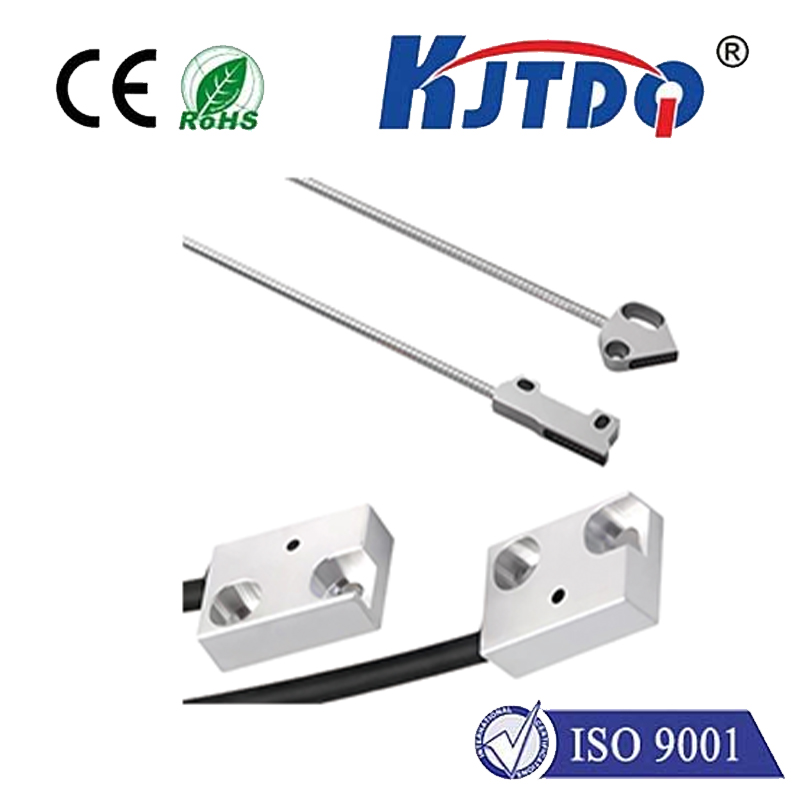

check

check

check

check

check

check

check

check

check

check
Title: Understanding LPtron Limit Switches and Their Applications
Introduction to LPtron Limit Switches
LPtron limit switches are a type of mechanical switch that is widely used in industrial automation systems. They are designed for high-speed, high-precision applications and offer several advantages over traditional mechanical switches. In this article, we will discuss the basic principles of LPtron limit switches, their features, and the different types available.
What is an LPtron Limit Switch?
An LPtron limit switch is a type of electrical switch that operates based on the presence or absence of an electric circuit. It consists of a movable armature that is connected to two contacts - one open and one closed. When the armature is brought into contact with the contacts, an electrical signal is generated, which controls the flow of electricity through the circuit. The movement of the armature can be adjusted by turning it manually or via an electric motor.
Features of LPtron Limit Switches
LPtron limit switches offer several unique features that make them suitable for a variety of applications. Some of these features include:
1. High precision: LPtron limit switches can achieve extremely high levels of accuracy, making them ideal for applications where precision is critical.
2. High speed: Thanks to their fast response times, LPtron limit switches can quickly detect changes in motion and provide accurate feedback.
3. Long lifespan:LPtron limit switches are designed to withstand harsh environments and have a long lifespan, making them a cost-effective choice for long-term use.
Types of LPtron Limit Switches
There are several types of LPtron limit switches available, each with its own set of features and applications. Some of the most common types include:
1. Potentiometer-type limit switches: These are simple devices that consist of a moving armature and two contacts. The position of the armature determines the state of the contacts (open or closed).
2. Spool-type limit switches: These devices have a spring-loaded armature that moves up or down a spool when activated. The position of the armature determines the state of the contacts (open or closed).
3. Solenoid-operated limit switches: These devices use a solenoid to control the movement of the armature and generate an electrical signal when activated.
Applications of LPtron Limit Switches
LPtron limit switches are used in a wide range of industries, including automotive, aerospace, medical, and manufacturing. Some common applications include:
1. Automation systems: LPtron limit switches are used extensively in industrial automation systems to control the movement of machinery and equipment.
2. Motion control systems: These devices are used in applications where precise motion control is necessary, such as in robotics and CNC machines.
3. Position sensors: LPtron limit switches can be integrated into position sensors to provide real-time feedback on machine position and motion.
